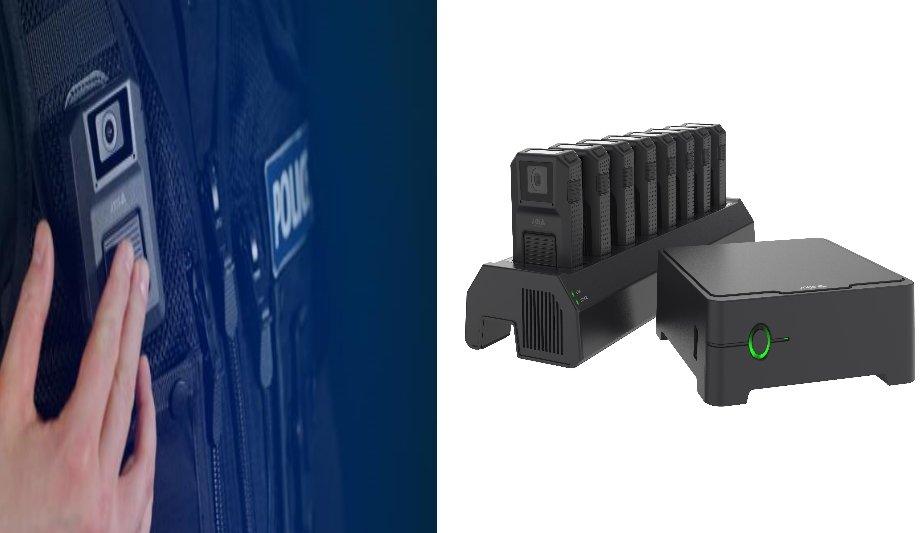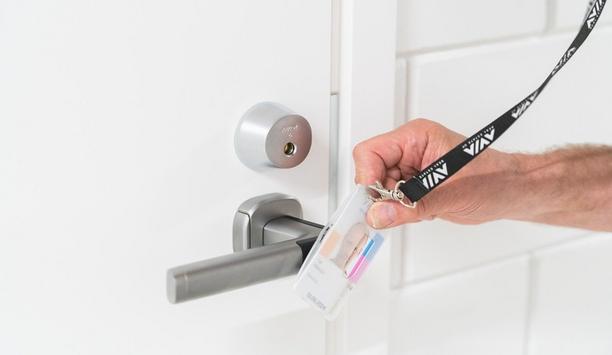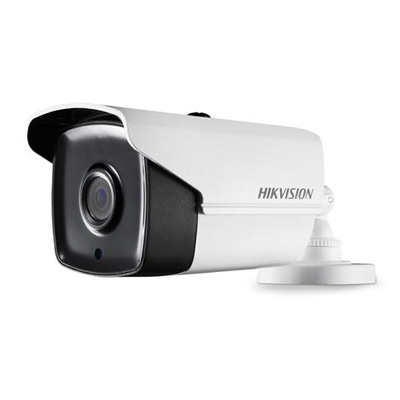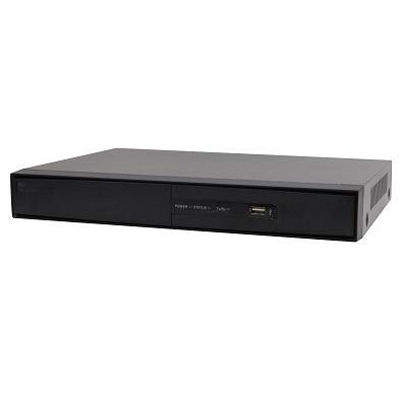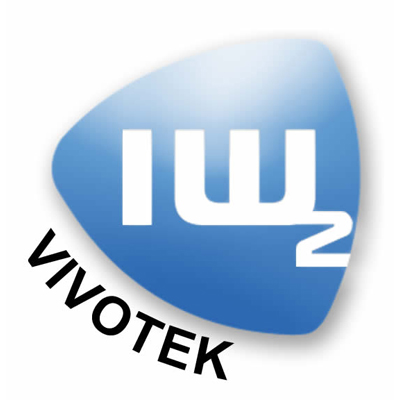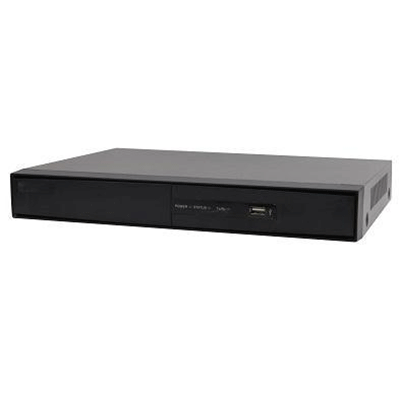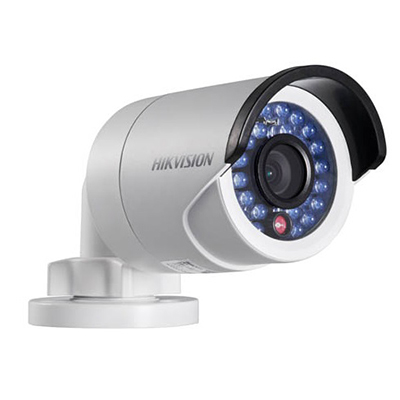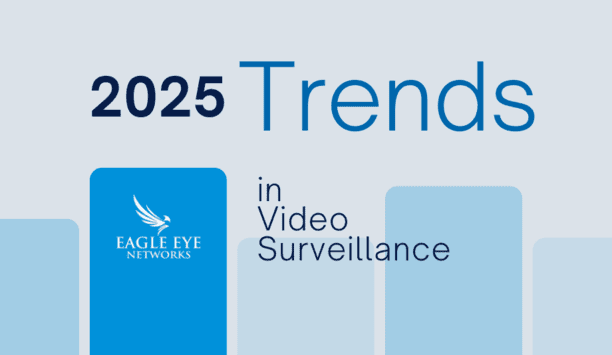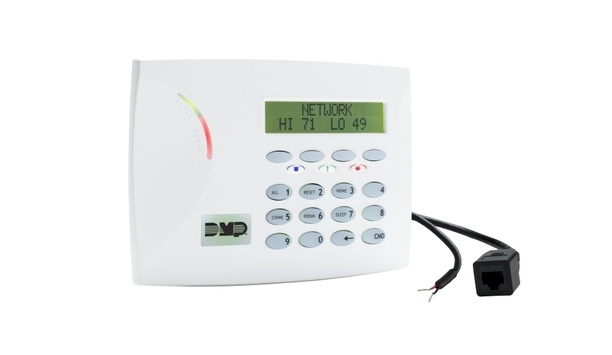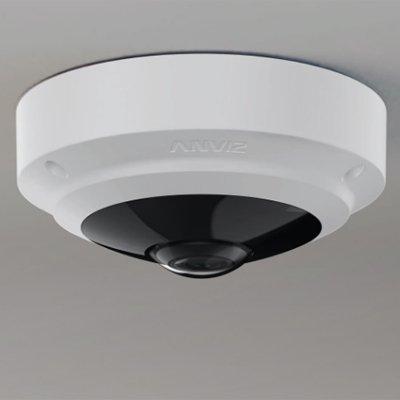The recently announced body-worn camera solution moves Axis into a new market.
Tested both in the labs and the field to ensure reliability and robustness, and designed with an open architecture for seamless integration with existing software, the solution is the world’s most flexible.
Some of the team members behind the solution, Fredrik Andersson, Lina He, and Rob Messer, talk about the benefits, technical features, and field studies of the new system.
Body-worn cameras
Being the industry pioneer in network video, entering the market of body-worn cameras was a logical extension of an existing business. Based on needs addressed by customers within the law enforcement and private security field, it provides a new way for making the world a safer, smarter, and more secure place.
Putting a camera on the torso of a police officer, a security guard or a train attendant creates a more secure workplace, better possibilities for collecting evidence, and can provide input for developing better work methods or training. The possibilities and use cases are endless.
Ultimate flexibility
For adventurers or explorers like James Cook, Neil Armstrong, and even Lara Croft, research and preparation before a new mission make sure they can use their strengths in the best way when entering new environments.
It’s the same philosophy Axis follows in developing new products, and it has done so in expanding its surveillance portfolio into the body-worn camera market.
Open architecture
The body-worn solution reflects the high quality found in all Axis products. Just as many other Axis solutions are based on an open architecture, this solution allows for integration with existing software. This ensures that current customer investments aren’t wasted.
Fredrik Andersson, Global Product Manager, explains, “One of the system’s strongest features is its open architecture, which allows customers to integrate the body-worn cameras with existing Video Management Systems (VMS) or Evidence Management Systems (EMS).”
The body-worn solution can be used with VMS and EMS, on-premise or in the cloud
“The Axis body-worn solution can be used with a third-party VMS and EMS, on-premise or in the cloud, allowing for integration with other video surveillance data. It can also be delivered as an end-to-end solution, using AXIS Camera Station, the company’s own VMS.”
Tackling poor conditions
With decades of experience in developing security cameras, suited for various challenging environments, Axis knows how to tackle conditions like poor light conditions and make robust cameras that can withstand knocks and harsh surroundings, while still delivering high-quality images.
And this knowledge is condensed in all parts of the new body-worn camera system.
System components
The system consists of three main hardware components: the cameras, the camera docking station, and the system controller. The docking stations can be placed safely on the premises and the system controller sends the footage to the destination of choice for analysis and storage.
While the cameras store the video when used in the field, the system controller also deletes the files automatically from the cameras, so the device is immediately ready for use again.
The “Swiss Army knife” of cameras
Axis was looking for the ‘Swiss Army knife’ of cameras: it needed to develop a small, lightweight device, with good battery power without losing any image quality or robustness, while also allowing easy on-camera operation. It was a completely new design format for Axis.
Lina He, the Product Specialist, says, “Given law enforcement operators and security guards are walking – and even running – around with the camera, the Axis team made sure the devices provide clear images in changing situations.”
“The camera captures video up to 1080p @30fps and includes features like wide dynamic range technology (WDR). It ensures the image remains visible and in high-quality even if the person wearing the camera is exposed to very challenging light conditions.”
Signal and noise modulation
The software helps to modulate noise and signal since the footage will have to serve as evidence in the courtroom
“As it’s included in most of our products, we have also used software that helps to lower any noise and improve the signal, because ultimately, the footage will have to serve as evidence in the courtroom.”
“For the audio, we used dual microphones to improve the quality of speech and reduce noise. Since officers can’t disrupt their work to charge the device, the cameras have an operating time of around 12 hours of footage in full HD resolution and can be configured to operate for up to 17 hours – so longer than the length of an average shift.”
Compression technology
“We used compression technology, Axis Zipstream for body-worn, to reduce the demand for storage and bandwidth. The cameras also have internal storage of 64GB, which again is enough to cover a full shift in full HD resolution.”
Quality promise put to the test
Quality has always been a main part of the Axis philosophy – be it in the product itself or in its usability.
To maintain standards for its body-worn cameras and to fulfill the usability requirements, Axis put the new cameras to the test in the lab, imitating the potentially rough conditions to which the cameras will be exposed, such as dropping the cameras hundreds of times to ensure robustness and functionality.
Device testing
The cameras also have to pass tests for weather-proofing, button durability, chemical resistance, and many other factors and conditions they might have to withstand.
This is one of the reasons why Axis is confident to give its body-worn cameras a three-year warranty, an above-average length of time for these kinds of cameras. Furthermore, customers can rely on a broad network of partners for high-quality support.
Data encryption
As with every device in the company’s portfolio, Axis has ensured the highest level of security for the solution itself. Ultimately, the footage of body-worn cameras might be needed in court, offering unbiased evidence of the incident and actions of all the parties involved.
“All data is encrypted both at rest and in transfer using AES256 and TLS. In addition, video data can be fully end-to-end encrypted with specific integrations,” explains Fredrik.
Watermarked data
The mobile app accompanying the solution allows users to review the footage, which is then watermarked and includes a camera and user ID.
The process of transferring the video material of the camera and onto a server is fully automated
In addition, the process of transferring the video material of the camera and onto a server is fully automated, which means no human interaction is needed and, therefore, no video section can be taken out of the footage during the process.
Safety measurements
Moreover, all cameras are registered to one ‘home’ system, which is the only system they are programmed to transfer their material to.
They were really satisfied with the benefits the cameras provided as they felt safer knowing they could always look at the footage of their shift in case of an incident
All these safety measurements ensure that it can be proven that not a single frame has been tampered with. It also keeps the solution safe from cyber disruptions.
Trials in the field
When it comes to (new) cameras and their features, it’s a common practice to test devices in the field to ensure they meet all the needs.
Axis has run a large number of trials to test the system and identify features that would make body-worn cameras a valuable addition for its users in real-life conditions.
For example, cameras have been tested in airports, with private security companies, and law enforcement organisations.
Mission accomplished
A pilot undertaken in Poland was a good way of showing what Axis was up against in the product design phase, as Rob Messer, Product Introduction Manager, illustrates, “The findings of these pilots were very interesting and at times quite surprising.”
“In a trial, we undertook in Poland, we equipped the local police with some of the body-worn cameras. They were really satisfied with the benefits the cameras provided as they felt safer knowing they could always look at the footage of their shift in case of an incident.”
Architecture for future enhancement
Axis will continue to use its expertise as well as the feedback from all the ongoing real-life use cases to add features and constantly optimize the solution.
The solution immediately stands out in its flexibility, cost-effectiveness, and future-proofing
With its open architecture giving customers the ability to integrate the body-worn cameras with existing VMS and EMS software, the solution immediately stands out in its flexibility, cost-effectiveness, and future-proofing.
As the market develops, and the benefits of body-worn cameras are seen in multiple industry sectors and environments, this architecture will bring benefits in further integrations and applications.
Tapping the potential
Fredrik concludes, “While we’re just at the beginning of our journey into the world of body-worn cameras, we know there is a lot of unused potential in our hardware that we can and will tap into.”
“We are already planning the next features and combinations with the latest video analytics, storage, and management solutions to better support users and operators, whatever the application.”
